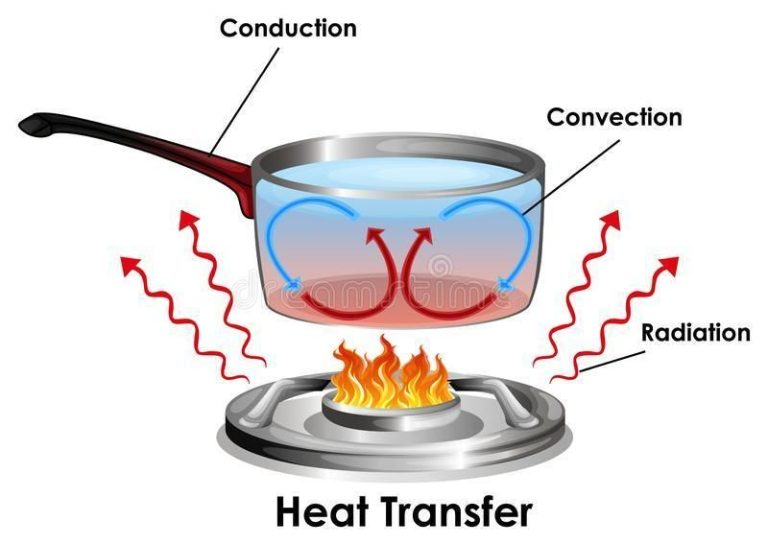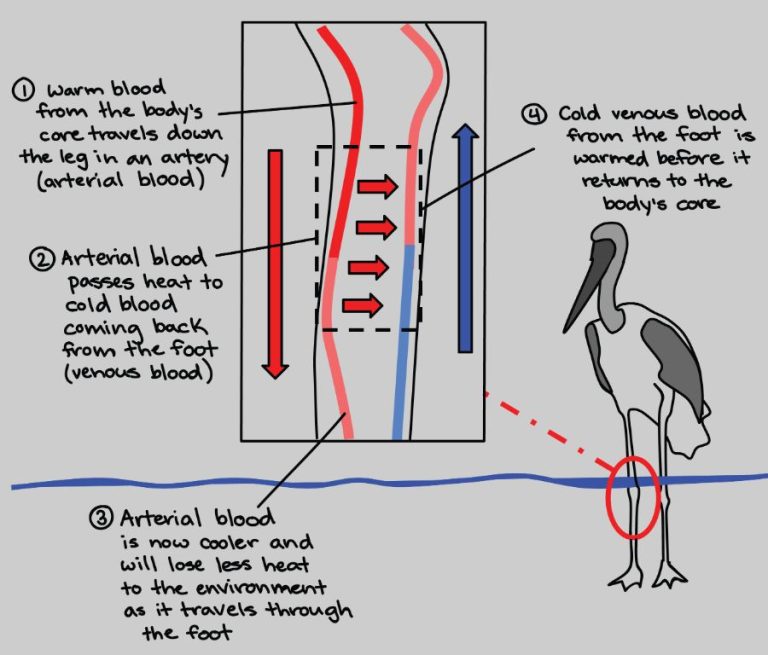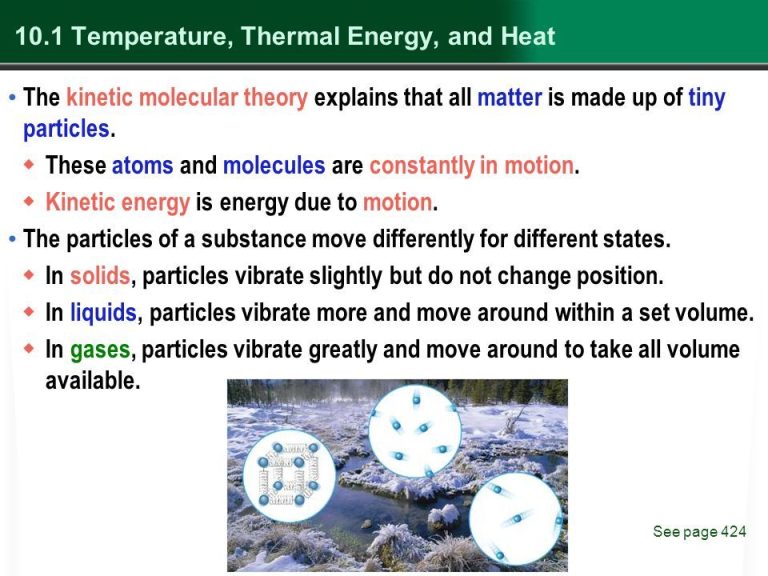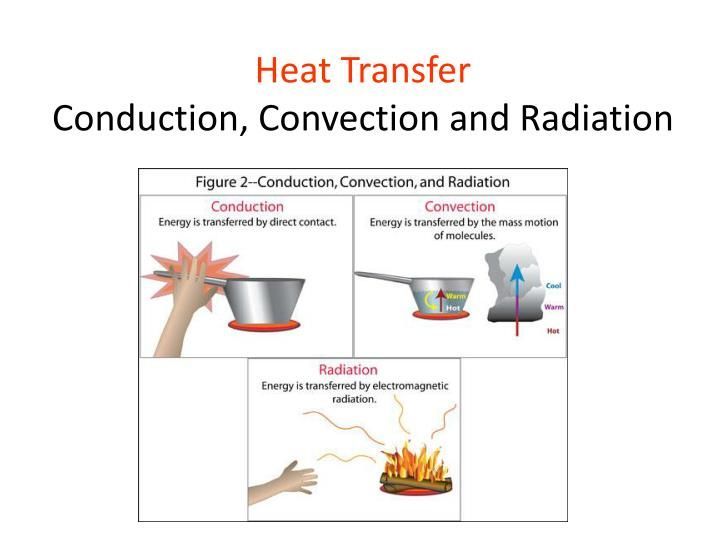Is The Sun Thermal Energy Or Radiant Energy?
Introducing the Topic
The sun is the main source of energy for life on Earth. It radiates an enormous amount of energy in the form of electromagnetic radiation, which includes visible light, ultraviolet light, and infrared radiation. This energy from the sun heats and lights up Earth’s surface and atmosphere, making life as we know it possible. When discussing the sun’s energy output, an important distinction can be made between thermal energy and radiant energy. The aim of this article is to analyze whether the sun’s energy should be categorized as thermal energy or radiant energy.
Defining Thermal Energy
Thermal energy refers to the internal energy present in matter due to the random motion of its atoms and molecules. All matter consists of tiny particles like atoms and molecules that are constantly vibrating and moving. The faster these particles move, the more thermal energy they possess.
Thermal energy can be transferred from one object or system to another in three main ways:
Conduction is the transfer of thermal energy through direct contact between objects, without any motion of the matter itself. For example, when you place your hand on a hot stovetop, conduction transfers thermal energy from the stove to your hand.
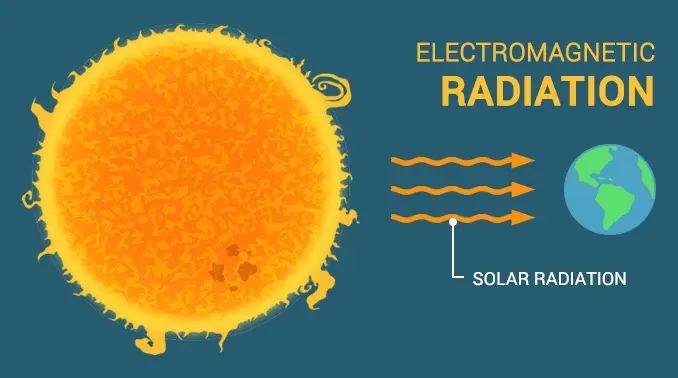
Convection is the transfer of thermal energy by the motion of matter from one place to another. For example, when water boils, convection currents transfer heat from the bottom of the pot to the water above.
Radiation is the transfer of thermal energy through electromagnetic waves or photons. For example, thermal radiation from the Sun travels through space via visible light, ultraviolet rays, and infrared waves to warm the Earth.
So in summary, thermal energy arises from the kinetic energy of microscopic particles, and this heat energy can be transferred between objects and systems through conduction, convection, and radiation.
Defining Radiant Energy
Radiant energy is a form of electromagnetic energy that travels in transverse waves. Radiant energy includes different types of electromagnetic radiation that are categorized by their wavelength or frequency. Some common examples of radiant energy include radio waves, microwaves, infrared, visible light, ultraviolet, x-rays and gamma rays.
Radiant energy can transfer energy between objects that are not in direct contact. The energy is carried in the form of electromagnetic waves or photons. As the waves interact with matter, they can be absorbed, reflected, or pass through. The energy transported by the waves can transfer heat between objects and enable phenomena like radio communication and visible light.
What makes the various types of radiant energy unique is their wavelength and frequency. Radio waves have the longest wavelengths and lowest frequencies, while gamma rays have the shortest wavelengths and highest frequencies. Visible light that humans can see occupies just a small slice of the overall electromagnetic spectrum.
The Sun’s Energy Output
The sun produces an enormous amount of energy in the form of electromagnetic radiation. This radiation spans a broad spectrum, including radio waves, microwaves, infrared, visible light, ultraviolet, x-rays, and gamma rays. However, the radiation that is most relevant to life on Earth consists primarily of visible light, ultraviolet radiation, and infrared radiation.
Visible light constitutes the part of the electromagnetic spectrum that is detectable by the human eye. It ranges in wavelength from about 380 to 750 nanometers. Visible light emitted by the sun allows plants to photosynthesize and provides illumination during the daytime.
Ultraviolet radiation from the sun has shorter wavelengths than visible light. It ranges from about 10 to 400 nanometers. UV radiation has higher energy than visible light and can cause sunburns and skin cancer in humans due to DNA damage. However, some UV rays are important for the production of vitamin D in the skin.
Infrared radiation refers to the part of the electromagnetic spectrum with wavelengths longer than visible red light. Infrared wavelengths range from about 700 nanometers to 1 millimeter. The sun emits infrared radiation primarily in the near-infrared region, which is closest to the visible spectrum. Infrared radiation transmitted by the sun is absorbed by the Earth and atmosphere, heating up the planet.
Visible Light from the Sun
The visible light that we see coming from the sun during the day is a form of radiant energy. This visible light consists of electromagnetic waves that are within the wavelength range that human eyes can detect. The wavelengths of visible light fall between 380-750 nanometers on the electromagnetic spectrum.
When sunlight reaches Earth, we perceive the electromagnetic waves in this wavelength range as colors – from violet light at around 380 nanometers to red light at around 750 nanometers. The different colors that make up sunlight allow us to see the world around us.
So in summary, the visible light from the sun that allows us to see is a type of radiant energy in the form of electromagnetic radiation within a specific wavelength range.
Infrared Radiation from the Sun
The sun emits energy across a broad spectrum of wavelengths, including visible light that we can see with our eyes. However, the sun also emits infrared radiation that we cannot see but can detect as heat. Infrared radiation from the sun is one form of radiant energy.
Infrared radiation has longer wavelengths than visible light. While our eyes cannot detect infrared wavelengths, we can feel infrared radiation on our skin as warmth. When standing in the sunlight, much of the heat you feel on your skin is coming from the infrared radiation emitted by the sun.
Infrared radiation transfers energy by electromagnetic waves rather than by direct particle-to-particle interaction, so it is a form of radiant energy. The infrared radiation emitted by the sun travels through space in the form of electromagnetic waves until it reaches Earth’s atmosphere and surface. The infrared waves interact with molecules in the atmosphere and on Earth’s surface, causing increased molecular motion that we perceive as heat.
So in summary, the infrared radiation from the sun that transfers heat to us here on Earth is a form of radiant energy in the form of electromagnetic waves, even though it manifests as thermal energy when absorbed by objects on Earth.
Thermal Energy Transfer
The sun’s radiant light energy is absorbed by the Earth and its atmosphere, converting it into thermal energy through the processes of conduction, convection, and radiation. Conduction is the direct transfer of heat between substances that are in direct contact with each other. For example, land and water absorb radiant heat from the sun during the day. The absorbed heat conducts into the ground and bodies of water, increasing their temperature. Convection is the transfer of heat by the movement of heated molecules and particles. As Earth’s surface is heated by the sun, air in contact with the surface gets warmer, becomes less dense, and rises. Cooler and denser air then moves in to take its place, creating convection currents of warm air rising and cooler air sinking. Lastly, radiation refers to the emission of the sun’s electromagnetic waves themselves. The ground absorbs these waves and re-emits them as infrared radiation. Greenhouse gases like water vapor and carbon dioxide absorb this infrared radiation, trapping heat in the atmosphere through the greenhouse effect. Through these three processes of conduction, convection, and radiation, the sun’s radiant energy is converted into thermal energy here on Earth.
Examples on Earth
The sun’s radiant energy is constantly being converted into thermal energy that heats the atmosphere, land, and water on Earth. Here are some examples:
The sun’s visible light and infrared radiation reach the Earth’s surface during the daytime. When this radiation strikes objects like land, water, buildings, or pavement, it is absorbed and converted into heat. This raises the temperature of the Earth’s surface and the surrounding air, warming the lower atmosphere. Darker and less reflective surfaces absorb more radiant energy and become hotter.
The ocean’s surface absorbs the sun’s radiation, heating the water. This thermal energy is transferred downward via conduction and convection, warming the layers of water below the surface. The sun’s heating of the oceans drives convection currents and influences climate patterns around the globe.
Solar radiation that is absorbed by plants is converted into chemical potential energy through photosynthesis. The plant’s cells convert some of this energy into thermal energy, raising the plant’s temperature slightly above the surrounding air temperature.
Solar collectors and solar water heating systems are designed to efficiently convert the sun’s radiant energy into thermal energy that can be used for hot water, heating buildings, and other applications. Solar panels convert sunlight into electricity.
Ultimately, the sun’s light and infrared radiation that reaches Earth is either reflected back into space or converted into another form of energy like heat, chemical energy, or electrical energy. The thermal energy generated from the sun’s radiant energy powers many of Earth’s natural processes and human technologies.
Conclusion
In summary, while the sun emits radiant energy in various forms like visible light and infrared radiation, this energy is converted to thermal energy when absorbed by the Earth. The radiant energy from the sun, including visible light and infrared radiation, heats up the land, water, and air when absorbed by Earth. This heating effect is thermal energy. So the answer is that the sun provides both radiant and thermal energy. The sun’s radiant energy becomes thermal energy here on Earth through absorption and conversion. While the sun mostly outputs radiant energy in the form of electromagnetic radiation, that radiant energy is experience and measured as heat here on Earth. Therefore, the sun can accurately be described as a source of both radiant energy and thermal energy.
References
This article synthesizes information from the following sources:
- NASA’s “What is Solar Energy” page which provides an overview of the sun’s energy output.
- The National Renewable Energy Laboratory’s explanation of radiant energy vs. thermal energy.
- A ScienceDirect article entitled “The origin of sunlight” describing the composition of sunlight.
- A textbook on Thermodynamics and Heat Transfer for a technical definition of thermal energy.
- The National Oceanic and Atmospheric Administration’s resources on the transfer of the sun’s energy to Earth.
Although no direct quotes or statistics were taken from these sources, they provided context and background knowledge for synthesizing an original explanation in this article.

